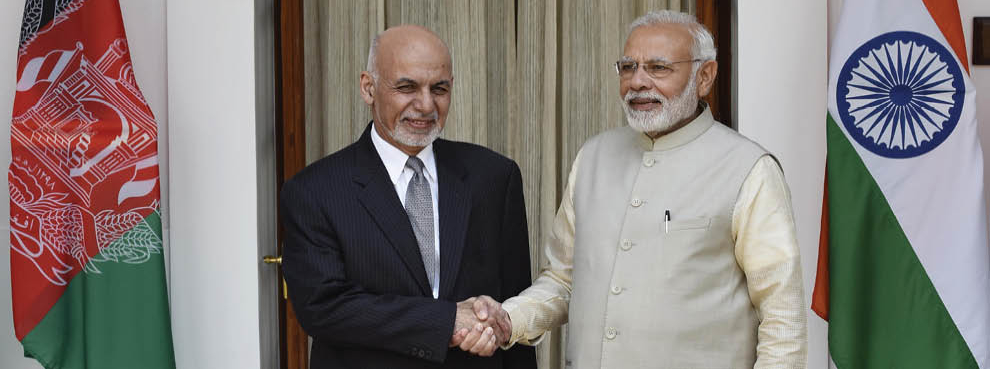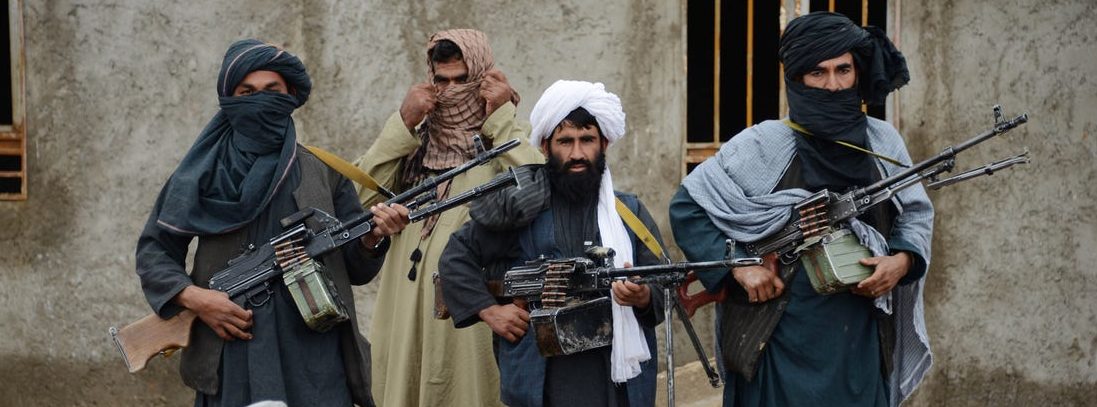With the US readiness to leave Afghanistan after clinching a face-saving deal from the recent talks in Doha, the post-peace Afghanistan will attract influence-obsessed countries like India, Iran, and to some extent Pakistan.
Emergence of India’s interest
The role of India in Afghan’s polity surfaced in late 1996, when Northern Alliance, mainly constituted the Tajiks, was forged with the help of countries like the US, India, Russia, and Iran to challenge the Islamic Emirate of Afghanistan- the Taliban. Eventually, events followed in such a way that the Taliban regime faced defeat at the hands of US-led NATO forces and Northern Alliance. All this happened after the controversial episode of deadly attacks on US soil in September 2001. Since then, India has evolved its relation with successive Afghan regimes by investing its capital in the war-torn country, both on infrastructure development (roads, dams, schools) and establishing people to people contact mainly through Bollywood, IPL, and by granting scholarships to their youth. According to facts and figures, the total investment of India reaches $ 2bn, the largest that New Delhi has contributed to any nation. Here a question arises, why is India eager to invest hugely in a country which has its borders around 1000 kilometer apart? The answer to this lies in India’s belligerent designs to destabilize Pakistan.

Left out India?
In today’s Afghanistan, India has a mounting diplomatic challenge as the Taliban- the adversaries of New Delhi appears to be making a comeback in Kabul’s power corridor. Despite significant investments and interests in Afghanistan, India has largely stayed out of Afghan peace negotiations between the US and Taliban, which started nearly two years ago in Doha.
Amidst the US withdrawal and a potential start of intra-Afghan talks, India does not fit in the geopolitics of the region due to the following reasons:
- Taliban’s relationship with Pakistan in the region hugely impacts the future of India.
- Taliban will never be eager to engage with India, which trained the soldiers of Northern Alliance on its soil and emboldened them to fight against the Taliban.
- Moreover, Modi led India has seen a sharp surge in anti-Muslim sentiments with thousands killed brutally. Such actions against Muslims can never attract a handshake with the Taliban.
- Taliban controls around 60% of Afghan territory, it is obvious that they will try to replicate such power in post-peace Afghanistan. So, India’s chance to hold its ground in the Taliban’s Afghanistan is thin.
- Moreover, with US withdrawal, the protection which was given to India, mainly in Trump-led US- Afghan policy, Indian led projects are bound to face the music at the hands of the Taliban which will debilitate India’s dream of influence in Afghanistan.
However, things will be much clear with the commencement of Intra-Afghan talks as it will predict India’s future involvement in Afghanistan. Let’s see which way the camel sits.
- Cricket at Crossroads - 18 July 2020
- Is the debate on climate change outdated? Shall we worry? - 28 June 2020
- What’s left for India in today’s Afghanistan - 1 May 2020


An authentic Fact based article.The Critical review made by the author regarding prevailing Afghan Peace Process is highly informative and thought provoking..
This article is very helpful for CSS asprints. Specially for the upcoming CSS Special Exam..Because this topic is of huge importance and most likely to be asked in exam.
Your suggestion has been noticed. Thanks for feedback
Good, it is very informative specifically its indication of the watershed India is going to face. I would request you to write about Pakistans future in Taliban-rich Afghanistan as well. That will make things more clear.